Race Face Atlas 35 Stem
| Where To Buy | |||
|---|---|---|---|
Free shipping on orders over $50 (continental U.S. only).
International shipping available. Some exclusions apply. |
Free shipping on orders over $50 (continental U.S. only).
International shipping available. Some exclusions apply. $109.99
|
||
Free shipping on orders over $50 (continental U.S. only).
International shipping available. Some exclusions apply. |
Free shipping on orders over $50 (continental U.S. only).
International shipping available. Some exclusions apply. $109.99
|
||
Race Face Atlas 35 Stem
$109.99
|
|||
Carbon this and carbon that. It wasn’t long ago that a. carbon wasn’t available for your bike unless you were Donald Trump, and b. nobody in their right mind would trust the stuff on critical parts anyway. Fast forward to today, and the fantastic plastic is everywhere. From the frame to the wheels, your bike can drop weight faster than a bimbo in beach season thanks to this light weight and highly tunable magic material. Race Face is among the companies pushing the carbon boundaries, their Sixc and Next SL cranks a benchmark in the drivetrain market for example. Naturally we were curious to test their latest carbon handlebar offering in the 35-mm standard, so that is just what we did. Read on to find out how we got along.

Race Face Sixc 35 20-mm Rise Handlebar Highlights
- Bar Width: 800-mm
- Rise: 20-mm
- Bend: 8°
- Upsweep: 5°
- Weight: 210-grams
- Material: UD Carbon
- MSRP: $159.99 USD
Race Face Atlas 35 Stem Highlights
- Made from 6061-T6 aluminum
- Four bolt bar clamp
- Interlocking U-Shaped Handlebar Clamp Geometry
- Faceplate eliminates stress risers
- Opposing bolts on steer tube clamp provides extreme clamping power while reducing stress on the steer tube
- Laser etched logos
- Length: 35-mm, 50-mm, 65-mm
- Rise: 0
- Clamp diameter: 35-mm
- Steer tube diameter: 1⅛"
- Stack height: 40-mm
- Weight: 141-grams (35-mm), 160-grams (50-mm), 181-grams (65-mm)
- Color: Black
- MSRP: $99.99 USD
Initial Impressions
The Sixc 20-mm riser we tested is now available in 4 colors with graphics updated to match the new Sixc cranks, but the bar we received for this test featured the previous graphics. Note that this bar is also available in 10-mm and 35-mm rise versions, although these will all feature the grey/silver on black combo as the only color way available. Regardless of colors, the Sixc 35 bar is impressive in person. The matte finish and subtle decals have an understated yet very classy look to them, and the 8 degrees back/5 degrees up is a classic set of numbers that we were happy to come across again.

For this test, the Sixc bar replaced a Race Face Atlas 35 (aluminum) bar, as such we were able to keep the Race Face Atlas 35 stem that was already on the bike. Of course, if you are new to the 35-mm clamp game, you’ll need to replace your stem as well if you want to run these new bars. The Atlas stem is beautifully made, with a compact yet elegant design. It is not among the absolute featherweights in the category, but then again, it’s designed for any kind of riding you can imagine so it places a certain premium on durability. The opposite lock design of the steer tube bolts and the full face plate give it a look that means business.

The Sixc 35 handlebar features cut lines to help you trim the width down should the 800-mm on offer be too much. Note that the Sixc can’t be cut down beyond 750-mm, doing so would put the controls in areas lacking specific reinforcement to deal with the clamping forces (750-mm is pretty much as narrow as a bar should ever be these days anyway if you ask us). Cutting our bar down to 780-mm was uneventful. There are no markings to help you set up and align your controls, but the graphics in the middle of the bar help make sure it is centered in the stem.

The Sixc bar was a perfect fit for the Atlas stem, and grips and controls went on with minimal fuss. We immediately noticed that the matte finish seemed to offer a lot of grip, everything felt solid without having to ham down on any bolts. The Atlas stem features a solid face plate which is designed to increase clamping force while eliminating stress risers. The supplied hardware is also of high quality, and left us feeling confident about our new cockpit. And so, after fine tuning the bar’s roll in the stem and aligning brake levers, shifter, and dropper post remote, it was time to hit the trails.

On The Trail
We’ve had good experiences with 8 degrees back/5 degrees up in the past, but we also know that these numbers don’t always mean the same thing from one manufacturer to the next. Be that as it may, the Sixc 35 was immediately comfortable. One of those bars you feel like you’ve been running your whole life (or wish you had!)

The 35-mm standard is sometimes a bit confusing. When it was originally introduced, it was claimed to allow for stiffer and lighter bars and a more solid bar/stem interface. Early iterations of 35-mm bars could be too stiff, especially when made from carbon. Race Face has introduced what it calls “Optimized Carbon Technology”, which means it’s made from a specific composite and reinforced in the areas under the controls and the stem. All that is done to ensure the bar is stiff where it needs to be, but not so much as to be harsh under the hands. At 210-grams for 800-mm wide, the bar is plenty light too (dropping almost 100 grams compared to its aluminum counterpart, the Atlas bar).

On the trail, the Sixc 35 has been very comfortable as well as confidence-inspiring. As previously mentioned, the matte finish offers excellent purchase for controls as well as the stem, and the whole cockpit remained completely slip-free for the duration of the test. Whether it’s down to “Optimized Carbon Technology” voodoo or just to the acronym-free overall design in general, we never felt as though the Sixc caused excess hand or arm fatigue – in fact quite the opposite. Even when combined with Race Face’s own super thin “Half Nelson” grips, our hands were always up for one more run.

Things That Could Be Improved
Adding subtle graphics to help with aligning levers and shifters on the bar would make life easier without taking away from the clean look too much. Having said that, a tape measure and a little care and attention is all that’s really needed to set up your cockpit once and for all, so this is really nitpicking on our behalf.
In regards to pricing, $159.99 for a carbon bar is a competitive price point. Of course, you can get into the 35-mm handlebar game for much less than that if you decide to stick to aluminum, but the Sixc offers enough weight reduction and comfort in use to warrant the premium.
With regards to the stem, it did its job without any fuss, and never left any doubt with regards to longevity or solidity. Pricing-wise, it’s in the upper tier of the market, but can be found online for less – and it’s a quality component and not an area we’d recommend skimping on anyway.
Long Term Durability
The finish of the Sixc 35 bar appears to be of very high quality. After a couple of months of riding and a few minor tumbles, there is not much wear and tear to show for it (we have thankfully managed to avoid losing the bike over a cliff so far...). The Atlas stem has a few scuffs on it and the bolts are losing color here and there, but overall it still looks fresh. Additionally, the fact that the whole cockpit has remained creak-free and solid is further testament to the workmanship on offer here, both regarding the bar and the Atlas stem. We certainly expect to get a lot more riding out of this cockpit (although we have a slight itch to update to the green version…)
What’s The Bottom Line?
We’ve been wary of jumping on the 35-mm bandwagon for the sake of it, as we didn’t have many complaints about our old 31.8-mm bars over the years. Whether the new standard has anything to do with it, or it’s just good engineering in general, the fact is that the Sixc 35 bar is an impressive piece of kit. Very light for such a wide bar, it is also very comfortable and seemingly very durable. If you’ve been wanting to try your hand at carbon and fancy giving the 35-mm train a ride, take a long hard look at the Sixc 35 bar and the Atlas 35 stem. We’re in no hurry to remove this cockpit from our bike.
More information at www.raceface.com.
About The Reviewer
Johan Hjord loves bikes, which strangely doesn’t make him any better at riding them. After many years spent practicing falling off cliffs with his snowboard, he took up mountain biking in 2005. Ever since, he’s mostly been riding bikes with too much suspension travel to cover up his many flaws as a rider. His 200-pound body weight coupled with unique skill for poor line choice and clumsy landings make him an expert on durability - if parts survive Johan, they’re pretty much okay for anybody. Johan rides flat pedals with a riding style that he describes as "none" (when in actuality he rips!). Having found most trail features to be not to his liking, Johan uses much of his spare time building his own. Johan’s other accomplishments include surviving this far and helping keep the Vital Media Machine’s stoke dial firmly on 11.
1 member reviews
Rode this for 2 seasons. Had no problems with it. A bit pricey, but awesome quality component.
0 comments
Post a reply to: Good stem and plenty options
Specifications
| Where To Buy | |||
|---|---|---|---|
Free shipping on orders over $50 (continental U.S. only).
International shipping available. Some exclusions apply. |
Free shipping on orders over $50 (continental U.S. only).
International shipping available. Some exclusions apply. $109.99
|
||
Free shipping on orders over $50 (continental U.S. only).
International shipping available. Some exclusions apply. |
Free shipping on orders over $50 (continental U.S. only).
International shipping available. Some exclusions apply. $109.99
|
||
Race Face Atlas 35 Stem
$109.99
|
|||



























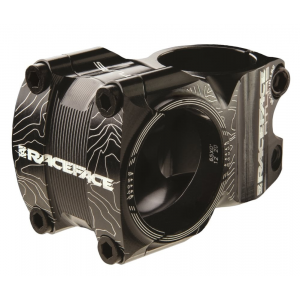
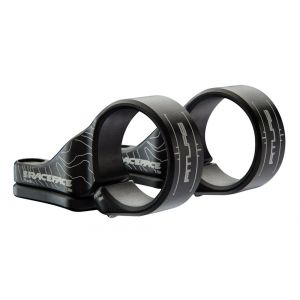

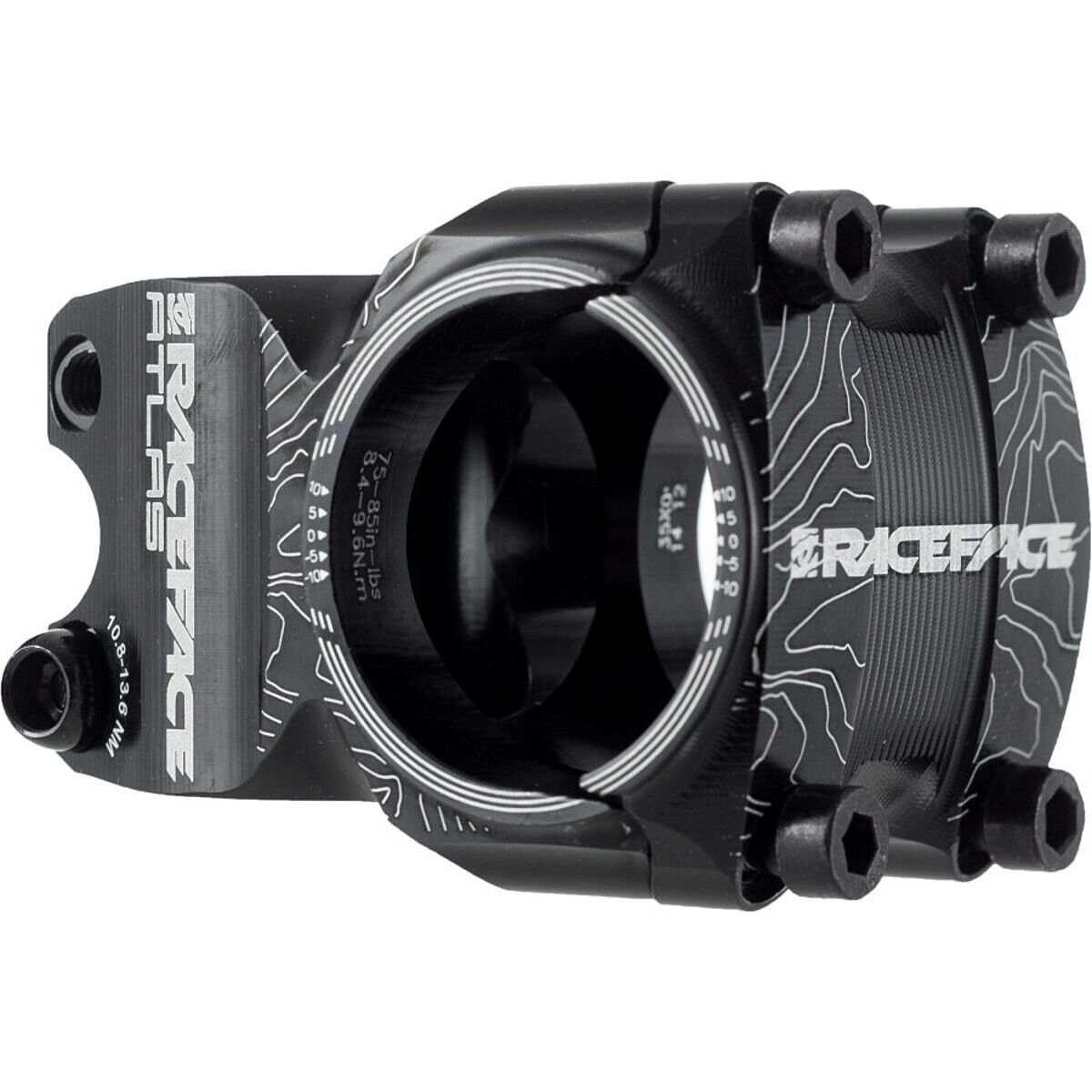
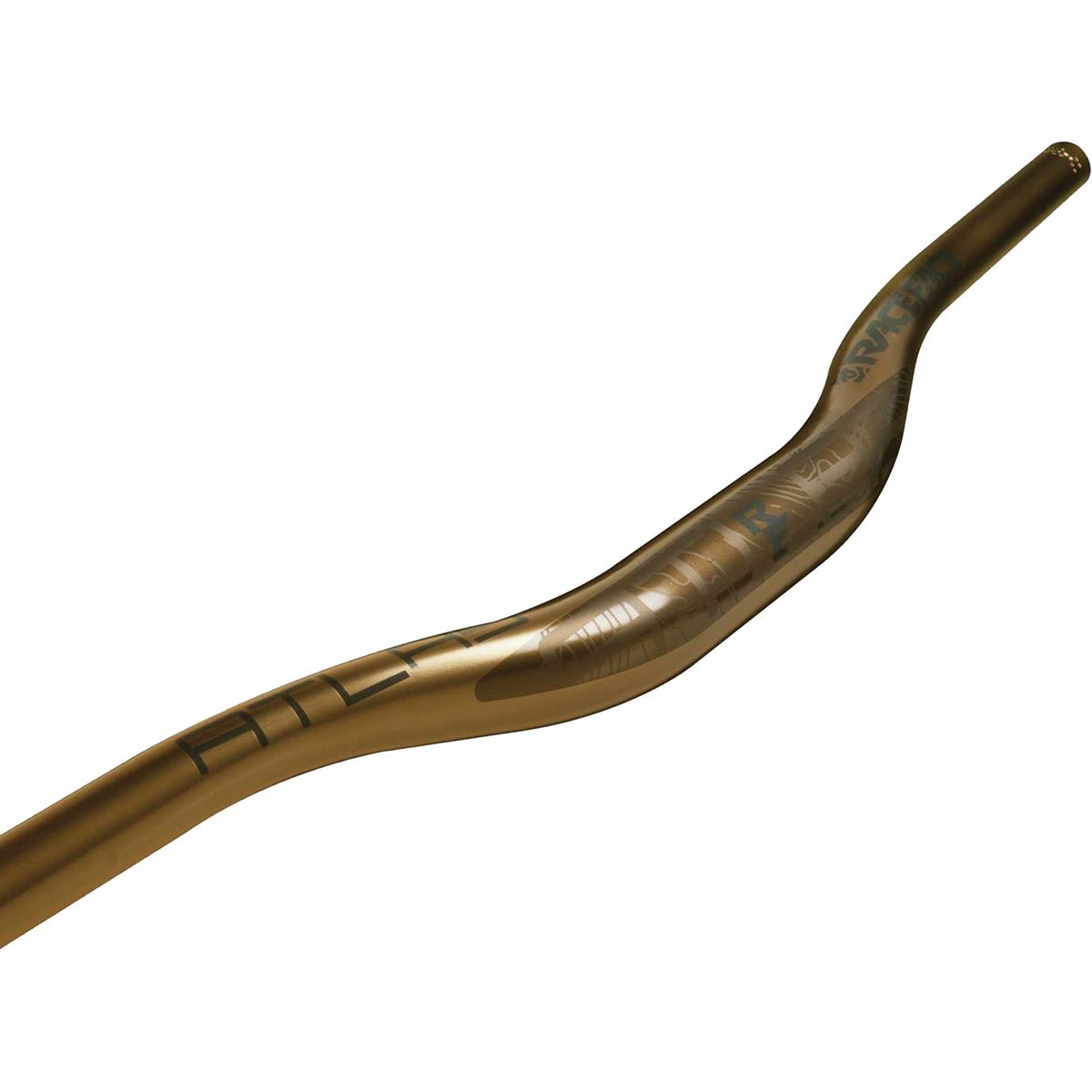
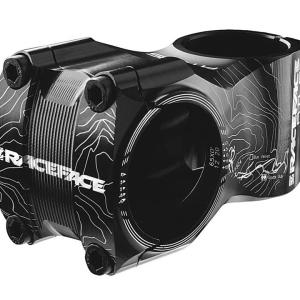
















0 comments
Post a reply to: Tested: Race Face Sixc 35 20-mm Rise Carbon Bar and Atlas 35 Ste